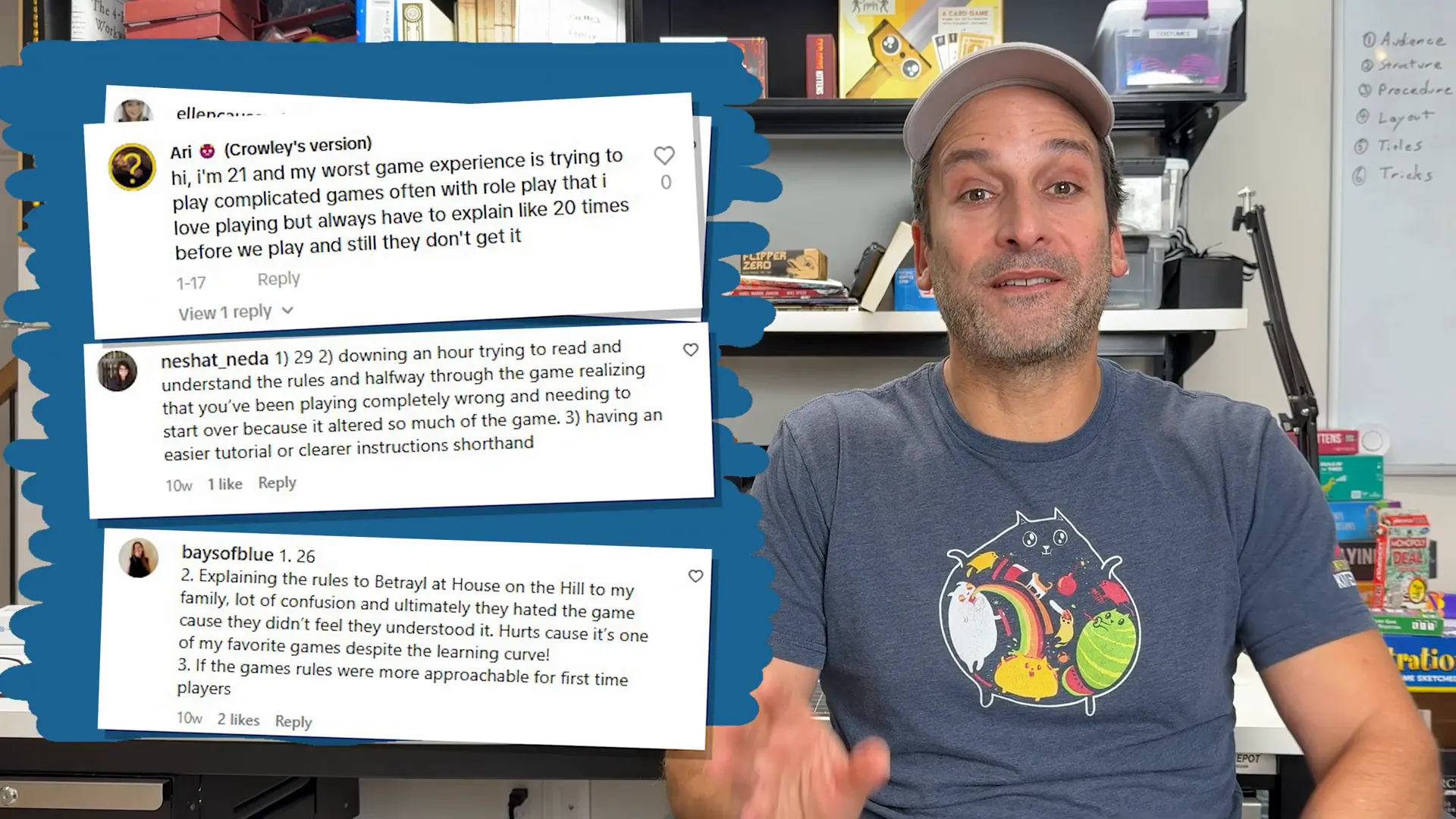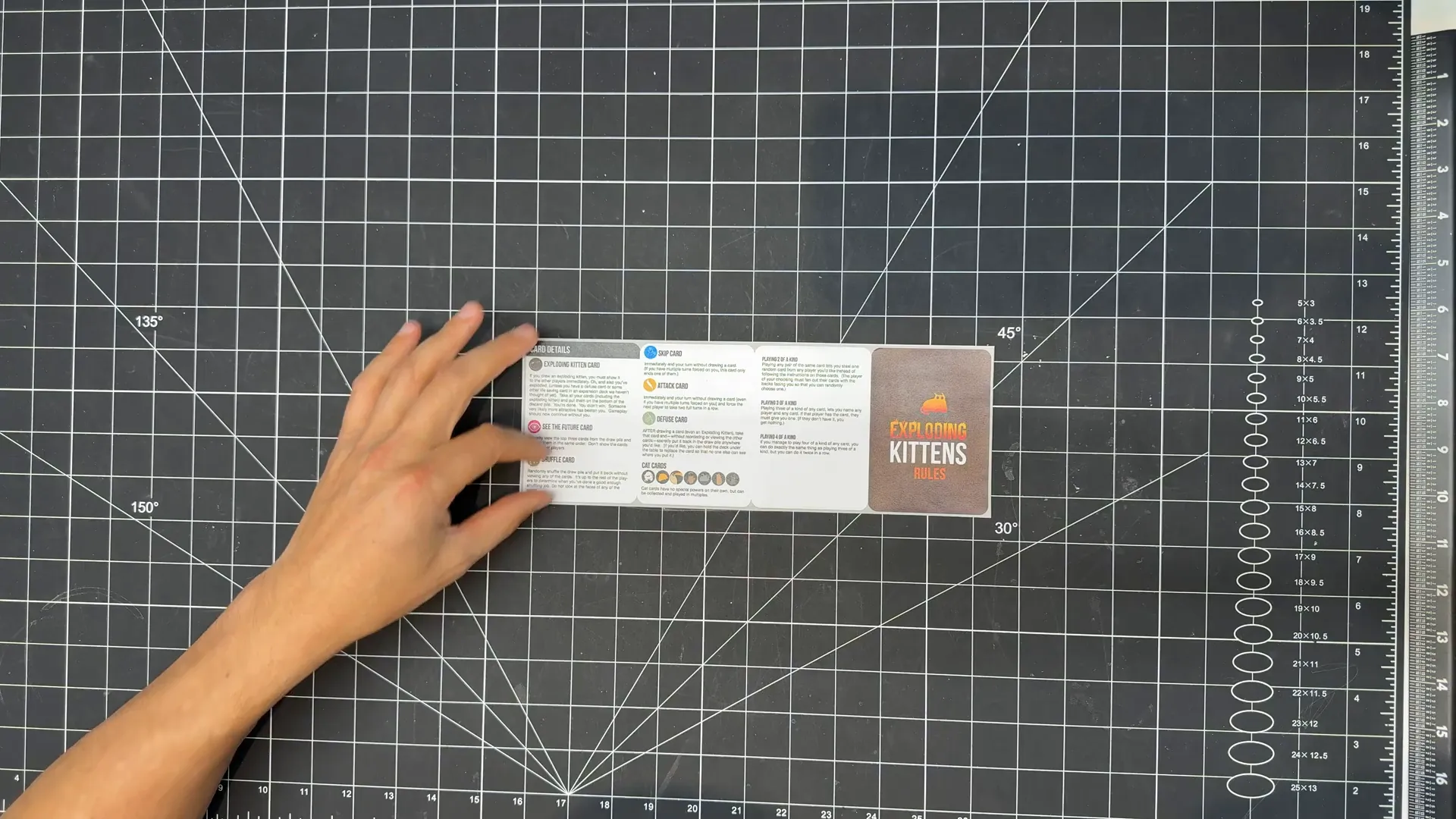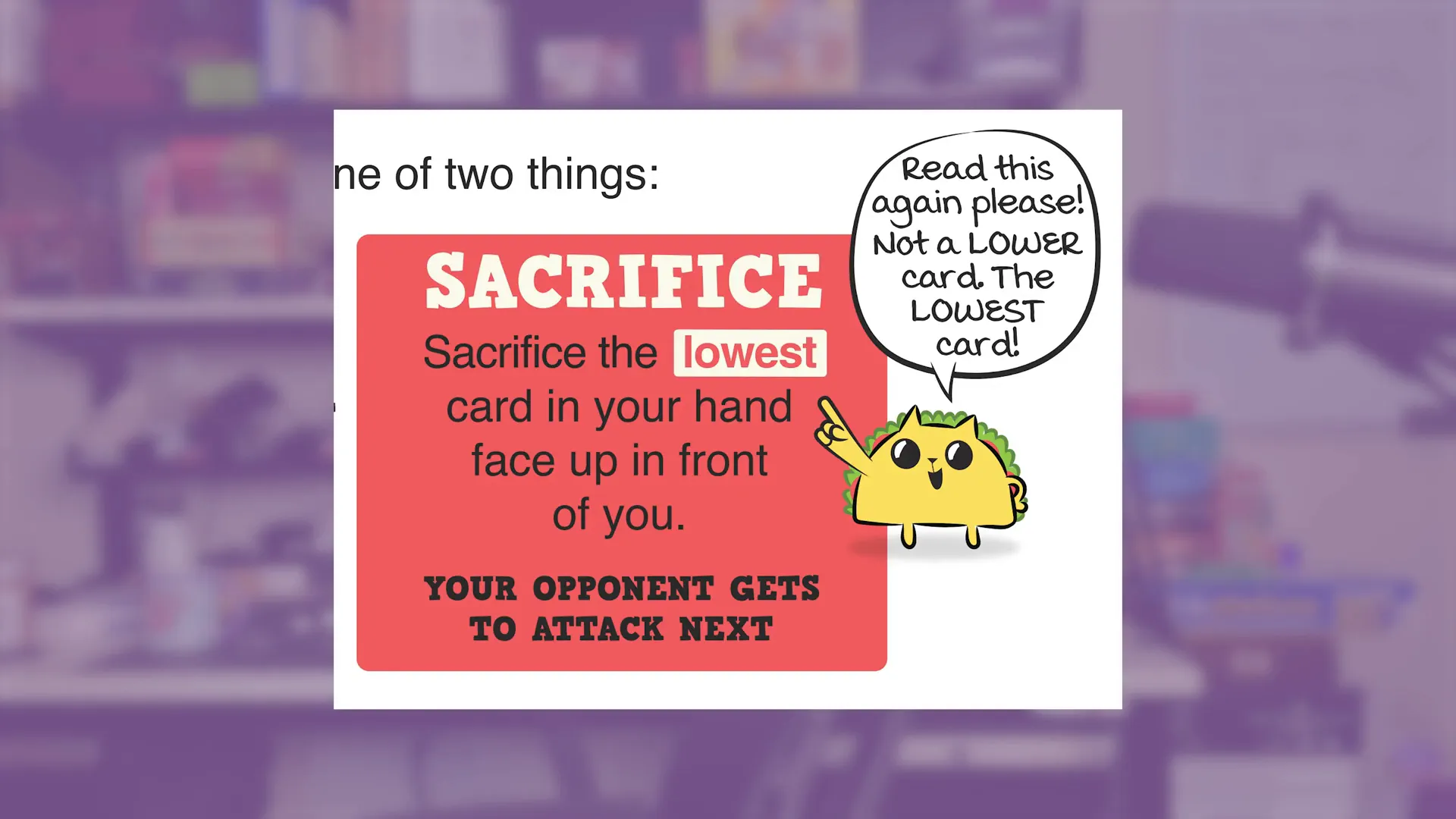Creating effective game instructions is crucial for ensuring players have a great experience. Join us as we explore the essential elements of crafting instructions that not only inform but engage players right from the start. If you’re serious about game design, this guide is a must-read!
The Importance of Instructions
Instructions serve as the bridge between the designer’s vision and the players’ experience. Without clear and engaging instructions, players can quickly feel lost and frustrated. This is particularly true in a world where so many games compete for attention. When players sit down, they want to dive into the fun, not struggle with convoluted guidelines.
Think about it: how many times have you opened a game only to be met with a wall of text? It’s overwhelming. Instead, instructions should be concise, inviting, and easy to follow. The goal is to ensure that players can grasp the rules within minutes, allowing them to jump straight into the action.

Learning from Exploding Kittens
The journey of creating effective instructions can be illustrated through the evolution of the game Exploding Kittens. The original instructions were simplistic and failed to guide players adequately. As the creator learned from testing, the instructions transformed into a well-crafted document that was both entertaining and informative.
The key takeaway? Iteration is essential. Each round of testing revealed insights that informed the final version of the instructions. Every sentence was scrutinized, ensuring clarity and engagement. This attention to detail is what ultimately led to the success of the game.

When to Start Writing Instructions
Start writing your instructions as soon as you begin explaining the game. This early stage is crucial for capturing the essence of gameplay and the questions that arise. Keep a notebook handy or consider recording your explanations. This way, you can revisit the language you used and the points where players seemed confused.
It’s about crafting a narrative that guides players from their first encounter with the game to full-fledged engagement. Start by noting what players need to know at each stage of the game, and use that to build your instructions.
Understanding Your Audience
Every game has a target audience, but understanding who they are goes beyond age ranges on the box. Your instructions must cater to their level of experience and familiarity with similar games. The aim is to elevate them from novices to experts quickly.
Remember, when players read instructions, they often feel less intelligent. Your job is to empower them, making the learning process enjoyable rather than daunting. Use relatable language and avoid jargon that might alienate players.
Avoiding Textbook Feel
No one enjoys reading a textbook, especially when they’re trying to have fun. Your instructions should feel like a conversation with a friend rather than a formal lecture. Start with a welcoming tone, perhaps even humor, to set the right mood.
For instance, consider beginning with something like, “Hey, don’t read these instructions! Instead, let’s have some fun together!” This approach can break down barriers and invite players to engage more openly with the material.
Structuring Your Instructions
Effective instructions follow a clear structure. A simple formula is to:
- Tell them what you’re going to tell them.
- Tell them.
- Tell them what you told them.
This structure not only helps players understand the goal but also reinforces the information as they progress through the instructions.
The Sequence of Information
When laying out your instructions, the order of information is vital. You can’t talk about card actions before discussing how to set up the game. Each piece of information should build upon the last, guiding players through a logical progression. This ensures they understand each concept before moving on to the next.
For example, if you mention a card’s ability, first introduce what a card is and how it is used in the game. This careful sequencing prevents confusion and frustration.
Simplifying Language and Concepts
Always aim for simplicity. If you can convey your message in fewer words, do so. Complicated language can alienate players and create barriers to understanding. The goal is clarity.
As you write, test your sentences. If players frequently misunderstand a point, refine your wording until it resonates. The simpler your instructions, the more likely players are to grasp the game quickly.
By focusing on these aspects, you can craft instructions that not only inform but also excite players. This journey of refining your instructions is crucial to your game’s success, and it begins with understanding the fundamentals.
Repetition and Camaraderie
Repetition in game instructions isn’t just about saying the same thing over and over; it’s about building camaraderie with your players. When I said, “Discard the lowest card in your hand,” twice, it wasn’t just a mechanical repetition. I aimed to engage players as if I were right there with them, saying, “Hey, you weren’t paying attention!” This simple approach drastically reduced confusion during playtesting, proving the effectiveness of repetition in instruction delivery.

In face-to-face conversations, such repetition may feel belittling. However, in written instructions, it serves a different purpose. It emphasizes key actions, ensuring that players remember essential steps. By allowing yourself to be a bit pedantic, you help players anticipate future actions that might trip them up.
The Importance of Layout
Having the right words is only half the battle; how you present those words is equally vital. A well-structured layout can significantly enhance comprehension. Think about how players will visually navigate your instructions. Use headings, bullet points, and illustrations to guide them through the gameplay smoothly.
For instance, writing in the second person—”To win the game, you must do this”—creates a friendly tone that engages players. It feels like a conversation rather than a lecture. When players feel addressed directly, they are more likely to absorb the information.
Utilizing Multiple Voices
Incorporating different narrative voices throughout your instructions can also reinforce key points. For example, use a narrator voice for the main rules and a character voice for examples or strategies. This approach keeps the content lively and relatable. Imagine a character saying, “I’ll go first,” in an illustration. It not only adds personality but also reinforces the instruction without adding extra text.
Mistakes in Bears vs. Babies
Reflecting on my experience with Bears vs. Babies, I learned some hard lessons about instruction design. The decision to include two separate instruction sheets was a misstep. I aimed to ease players into the game, but this approach backfired. Players ended up confused when they later combined decks, complicating their understanding of the rules.

Another critical error was the failure to provide clear examples. Examples can transform confusion into clarity, helping players grasp complex concepts quickly. When players encounter an “aha” moment because of a well-placed example, it reinforces their understanding and enhances their gameplay experience.
The Role of Humor
While humor can enhance engagement, it’s essential to use it sparingly in instructions. Humor should not detract from the core purpose: helping players understand how to play. My co-founder, Matthew Inman, taught me that players want to get through instructions quickly and effectively. They’re not looking for a comedy show; they want clarity.
So, when crafting your instructions, prioritize straightforward communication. Use humor wisely, ensuring it aligns with the gameplay experience rather than distracting from it.
Crafting Effective Titles
Section titles in your instructions serve dual purposes. They guide players during their initial read-through and act as reference points for future gameplay. Clear, descriptive titles anticipate players’ questions and lead them to the information they need.
For example, instead of a generic header like “Game Setup,” consider something more specific, such as “How to Set Up the Game.” This not only captures attention but also makes it easier for players to find information later. Anticipate their questions and structure your titles accordingly.
Final Tips and Tricks
As you finalize your instructions, remember that sometimes the simplest solutions are the most effective. Use visuals to convey complex ideas, and don’t hesitate to simplify language where possible. If a sentence feels cumbersome, break it down or rephrase it. Clarity is key.
Additionally, encourage players to personalize their experience. For instance, having players write their names on score sheets fosters a connection to the game. When players feel ownership over the components, they engage with the game on a deeper level.
FAQ
1. How can I ensure my instructions are clear?
Utilize repetition for key actions, provide ample examples, and structure your layout effectively. Writing in the second person and addressing players directly helps maintain engagement.
2. Should I include humor in my instructions?
Use humor sparingly. While it can enhance engagement, clarity and straightforward communication should be your primary focus.
3. How important are titles in my instructions?
Titles are crucial for guiding players through the instructions. They should anticipate players’ questions and lead them to the information they need.
4. What common mistakes should I avoid?
Avoid overcomplicating instructions with unnecessary information or humor. Ensure examples are included, and be cautious about introducing new terminology that could confuse players.
This article was created based on If you get this wrong, your game has NO CHANCE
